Even so, Lacock Abbey was closed (because of the snow) the grounds were open and one could walk around the park, which a lot of people and their dogs did. The weather was just too nice! A real winter wonderland, snow and sunshine.
Lacock Abbey was founded in the early 13th century by Ela, Countess of Salisbury, as a nunnery of the Augustinian order and dissolved in 1539. Later it became a stunning country house of various architectural styles with lots of grounds.
The house was built over the old cloisters and its main rooms are on the first floor. It is a stone house with stone slated roofs, twisted chimney stacks and mullionedwindows. Throughout the life of the building, many architectural alterations, additions, and renovations have occurred so that the house is a mish-mash of different periods and styles. The Tudor stable courtyard to the north of the house has retained many of its original features including the brewhouse and bakehouse. (wikipedia)
In the 19th century, Lacock Abbey was the residence and home of William Henry Fox Talbot famous for his contributions towards the invention of the photographic negative. (Visit Wiltshire) Fox Talbot invented the salted paper and calotype processes. He was actually the first to invent a process for creating reasonably light-fast and permanent photographs but Daguerre had beat him with the announcement.
Today Fox Talbots inventions and works as a photographer are celebrated and highlighted in a museum in the Abbey.
Like the village, Lacock Abbey has been used for various movies and tv shows like Harry Potter, Fantastic Beasts, Emma, The Other Boleyn Girl, Downton Abbey, Wolf Hall, Pride and Prejudice, Wolfman and more
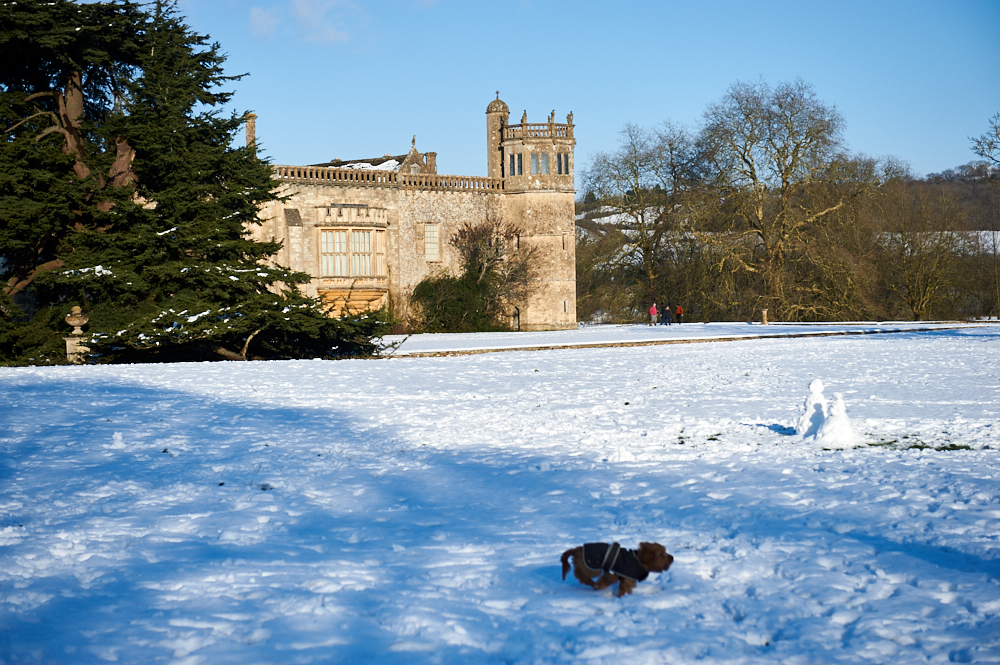
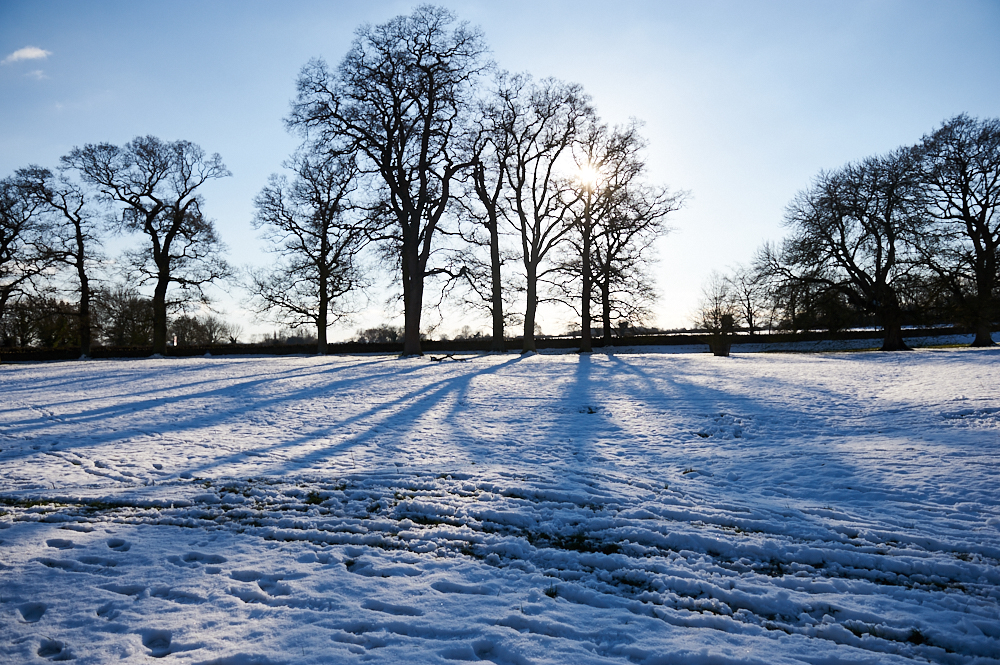
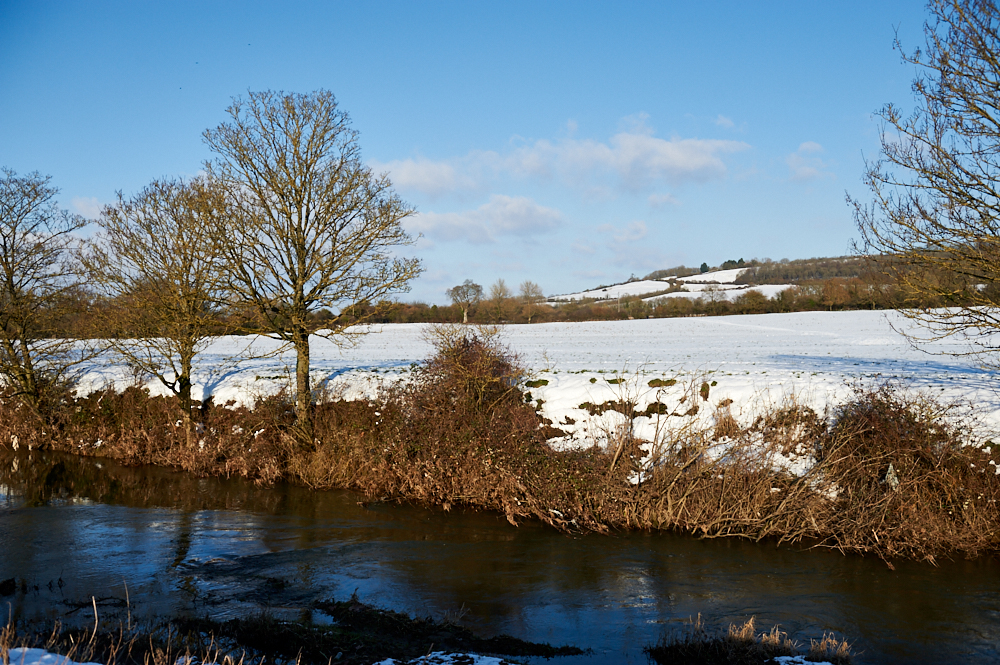
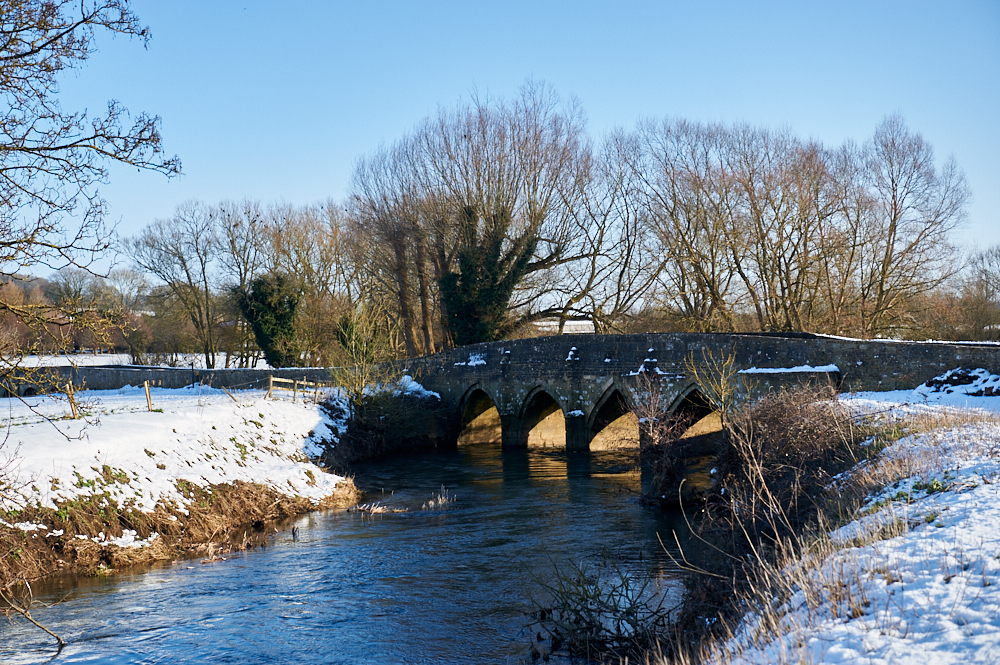
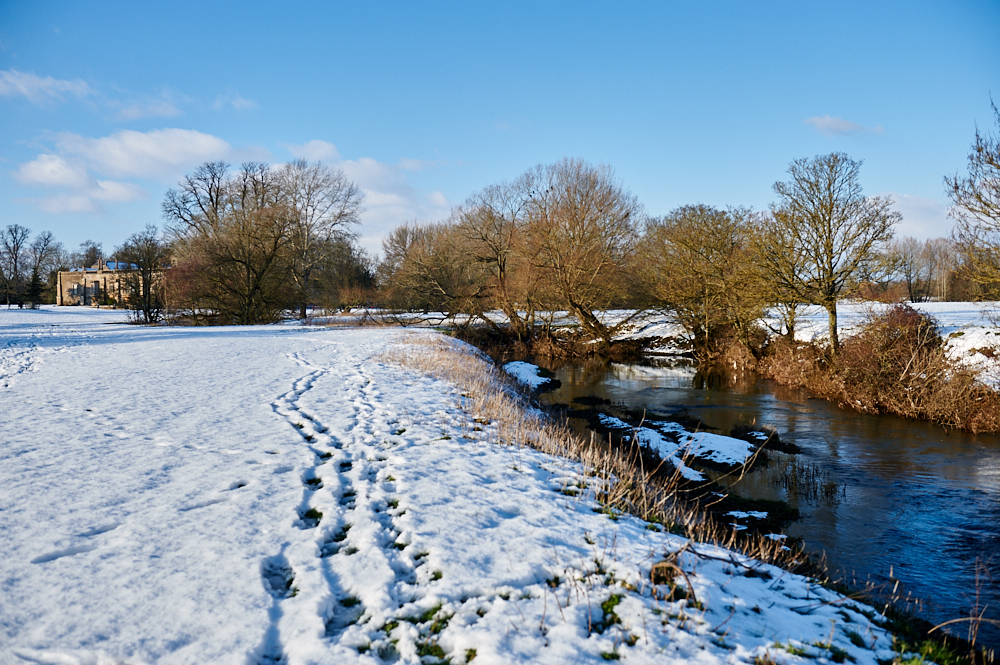
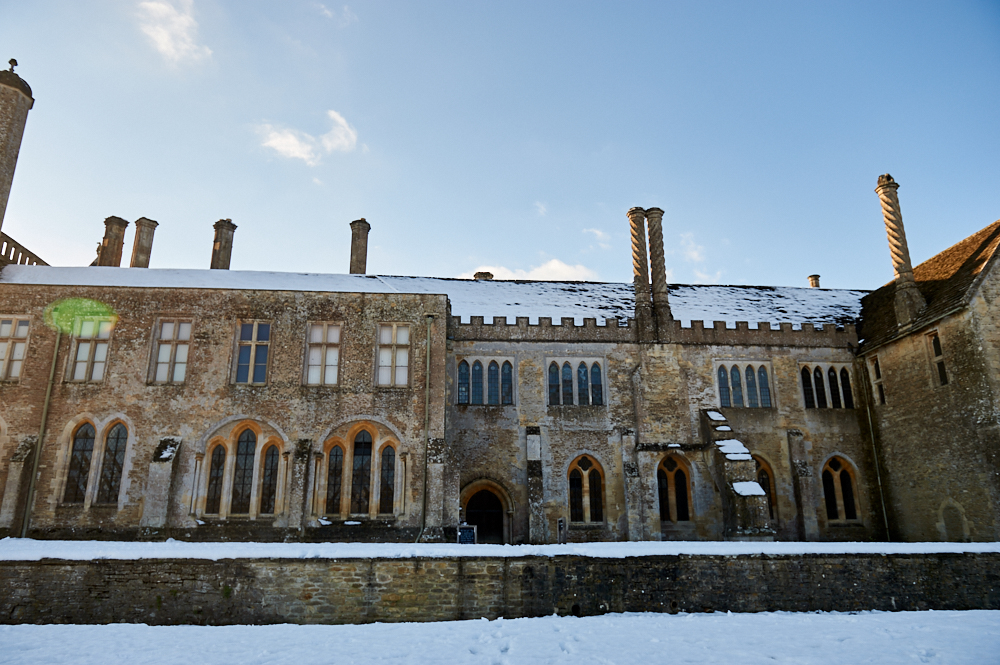
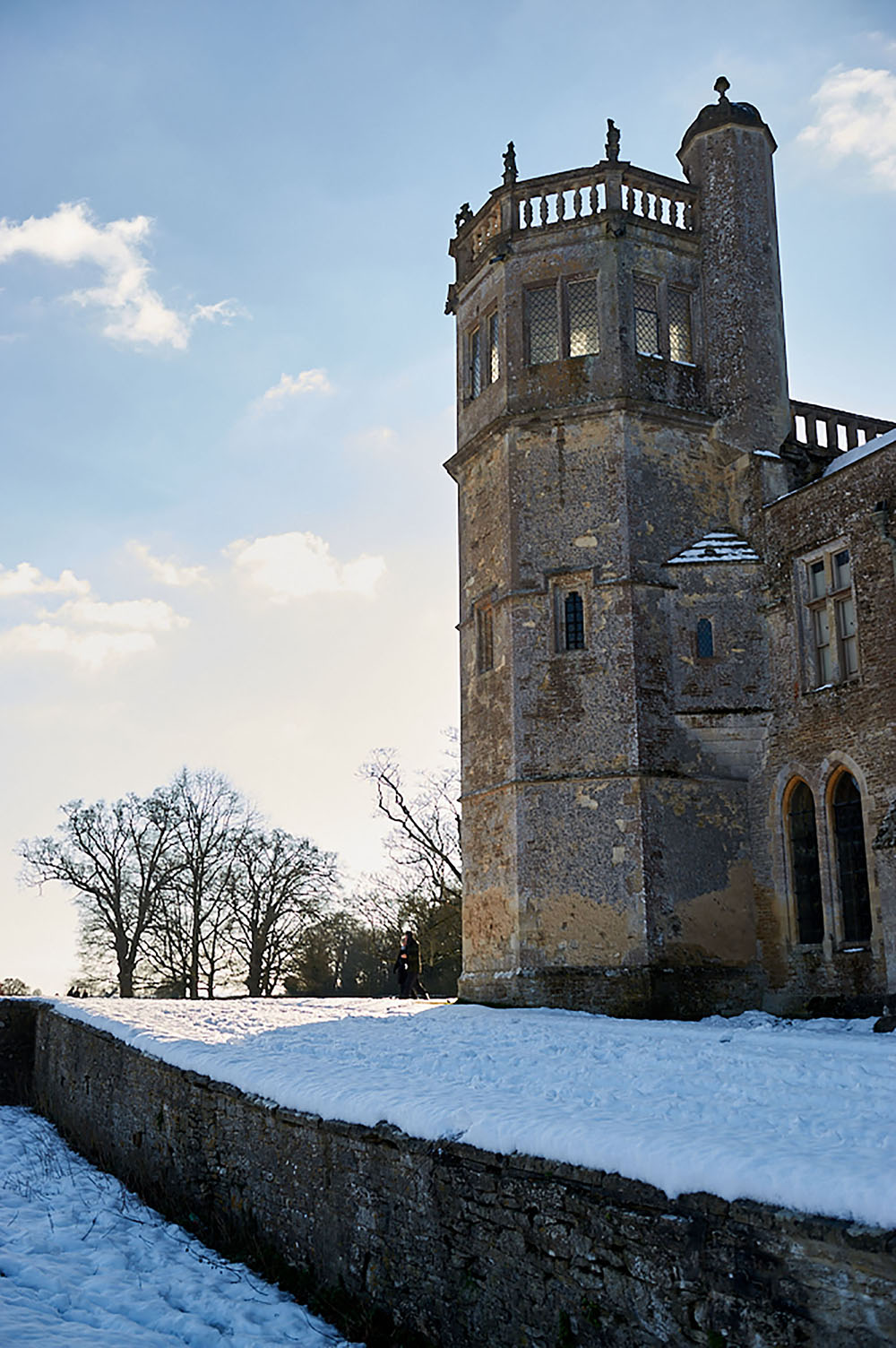

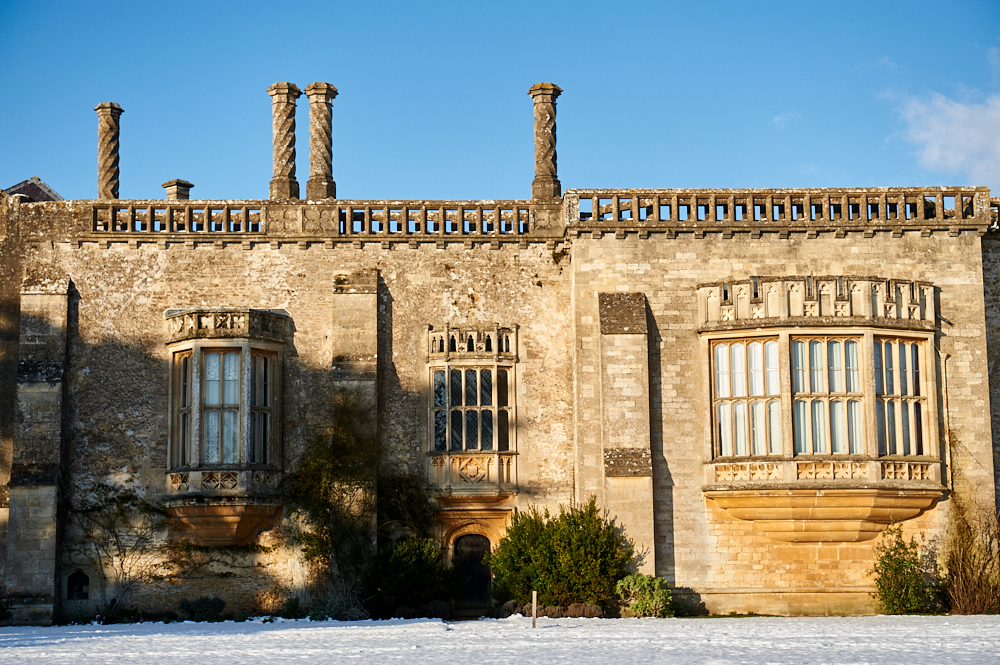
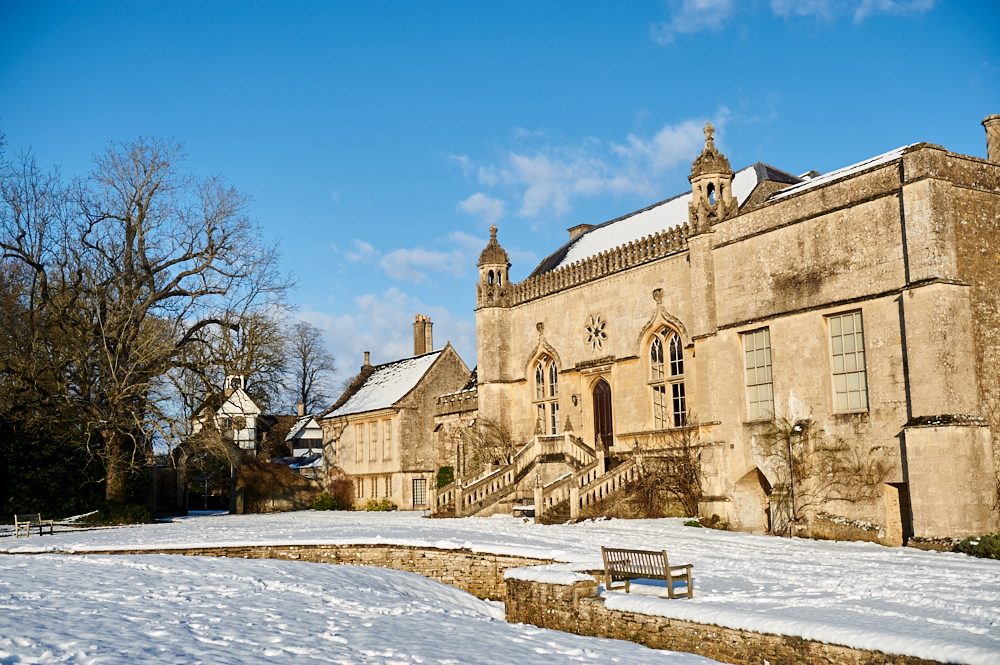
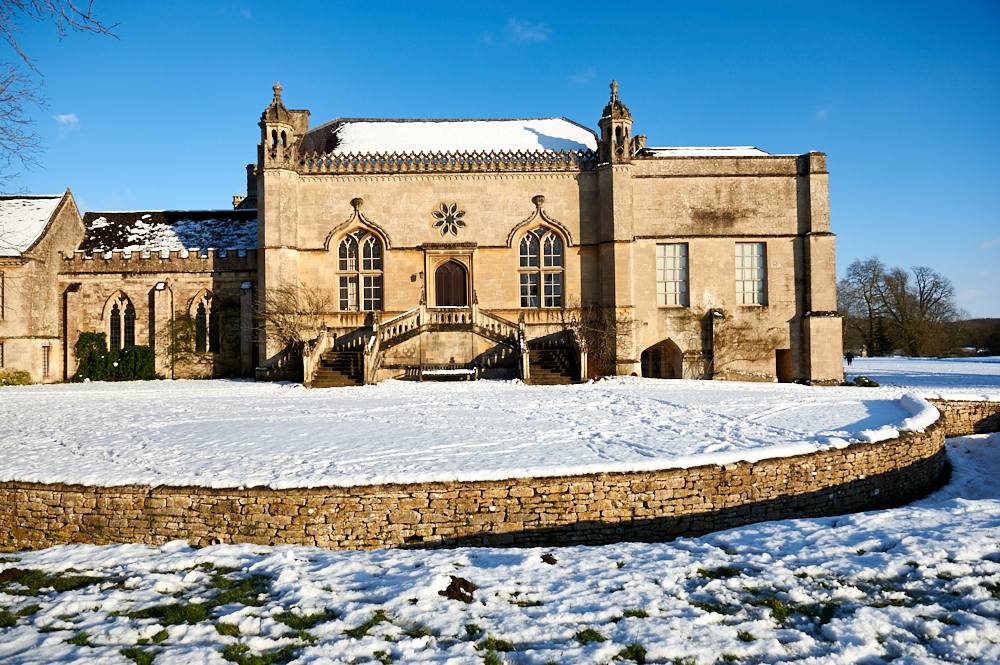
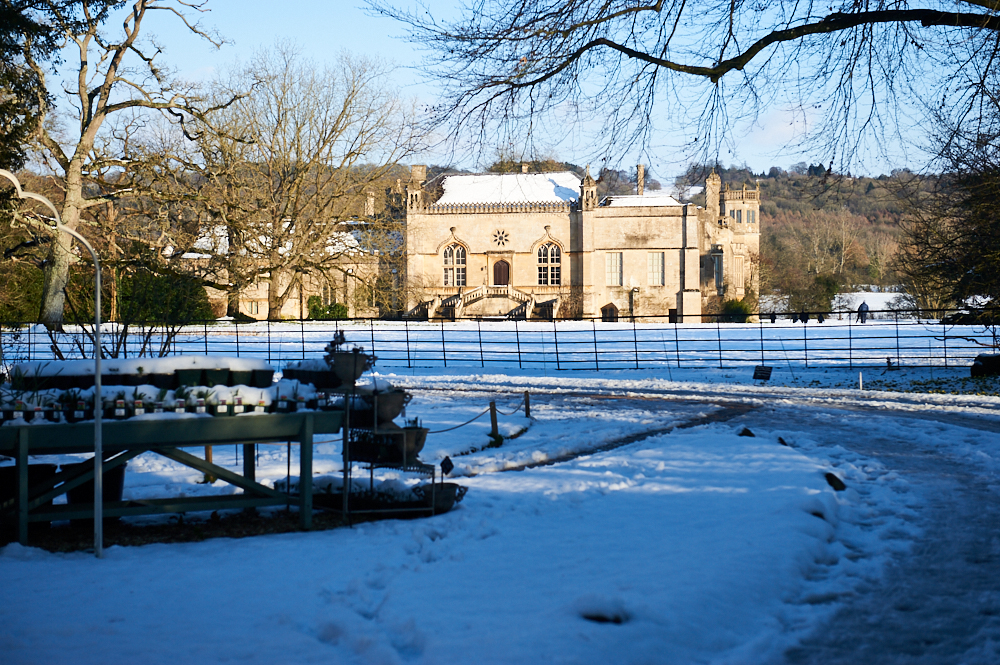
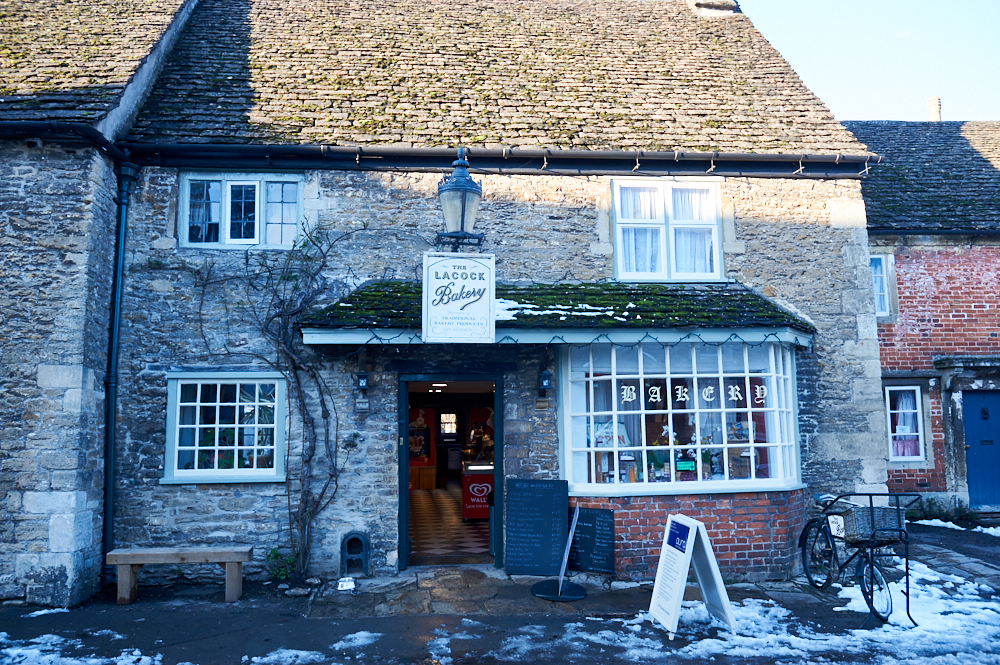
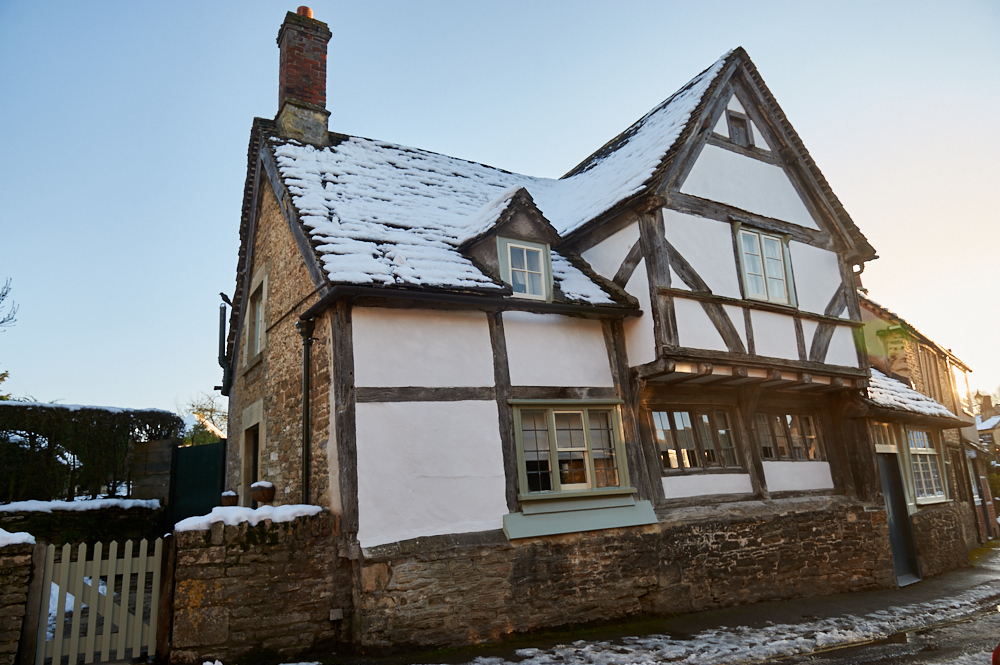
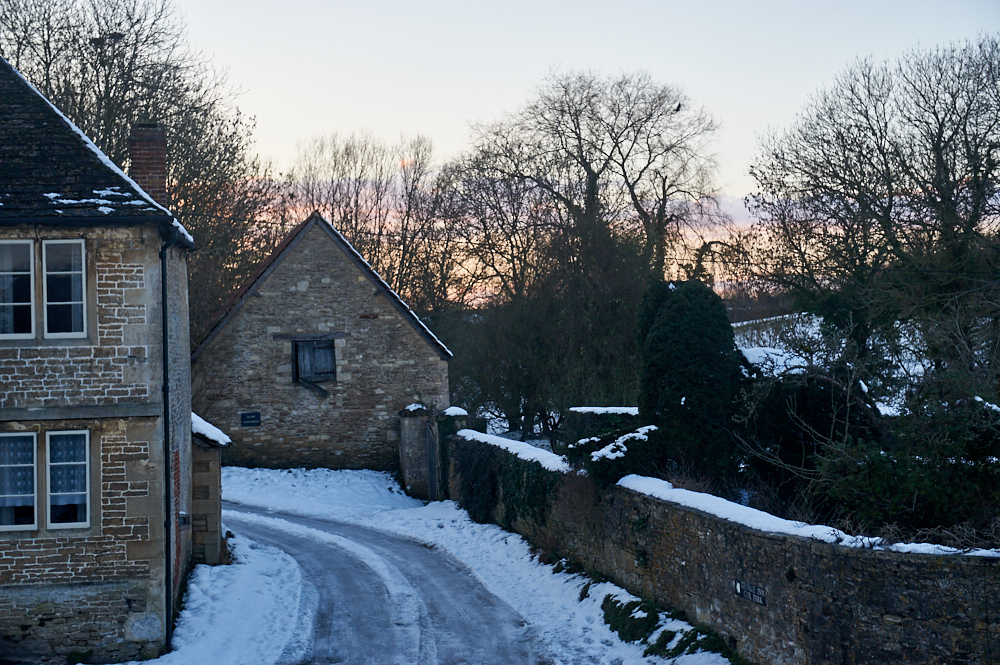
Leave a Reply